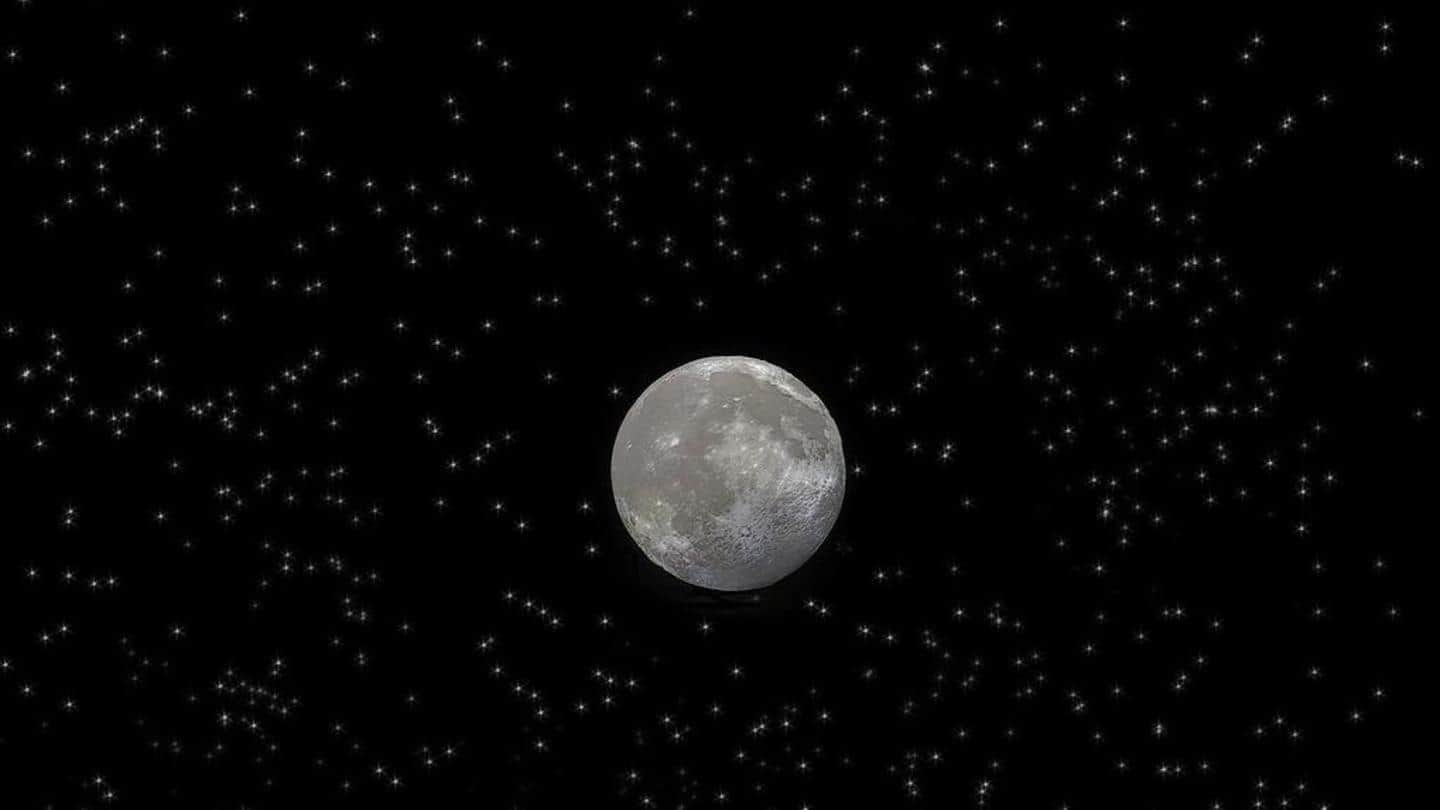
Worm Moon: All there is to know about this Supermoon
What's the story
The first full moon of this month has a rather strange name--Worm Moon. Occurring on March 18, we in India might not be able to witness its brightest moment as it's set to be brightest in the afternoon (12:47 pm). Did you know about the significance of this full moon? This year's worm moon is also a supermoon, read on to find out why!
#1
What is a Worm Moon?
A Worm Moon is the last full moon of the winter equinox, ie. it indicates the end of winter and beginning of spring. The Worm Moon, named by some Native American tribes, appears around the 14th or 15th day of the lunar cycle. The earlier full moons this year were the "wolf moon" on January 17 and the full "snow moon" on February 16.
#2
Why the name Worm Moon?
The full moon of March is called a Worm Moon because this is when the ground thaws and earthworms come out. In ancient times people used to keep track of time through the lunar cycle. With 13 full moons a year, every full moon had a name representing a seasonal feature. Other names for Worm Moon include -- chaste moon, crust moon, sap moon.
#3
How other names came about?
The Anglo Saxons called it the Lenten Moon, which stood for the period of Lent before Easter. Native American tribes had various names: crow moon as the crows come back, snow crust moon as the crust on top of snow melts and re-freezes, and sugar moon for maple sap runs. The Celts called it the plough moon for preparing the fields for farming.
#4
This year's Worm Moon is also a Supermoon
This full moon will be a Supermoon because it crests within a few days of its perigee--the nearest point to Earth in its orbit. A Supermoon can appear much larger and brighter than a regular full moon. As per NASA, the term "Supermoon" refers to a full moon that occurs when the moon is within 90 percent of its perigee.